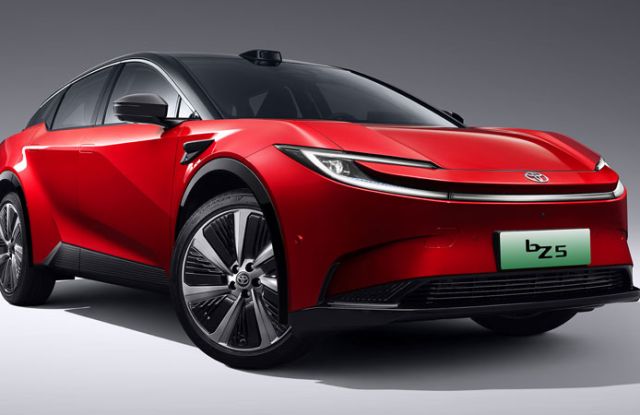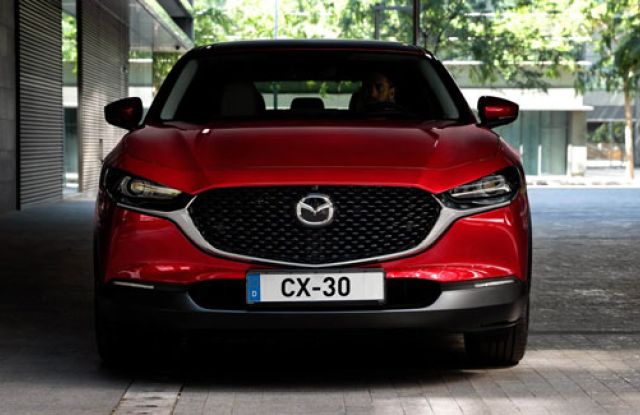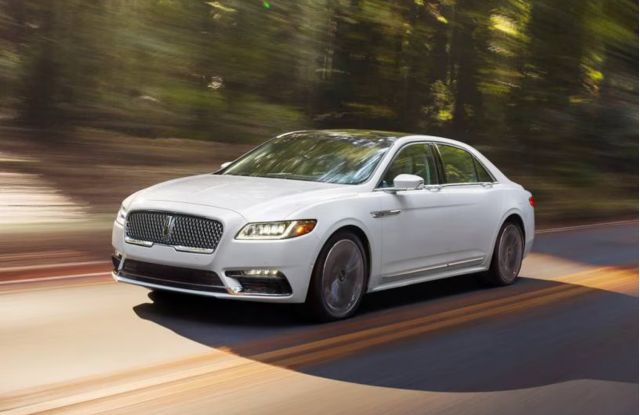- Is Kia Morning the same as Kia Picanto?
- Historical Origins of the Kia Picanto
- Generational Evolution of the Kia Picanto
- Design and Features of the Kia Picanto
- Market Distribution and Positioning of the Kia Picanto
- Powertrain System of the Kia Picanto
- Conclusion: A Unified Strategy for Global Markets
Is Kia Morning the same as Kia Picanto?What is the other name for the Kia Picanto? Many people who have seen these two nearly identical cars in different countries have asked these questions. So, are the Kia Morning and Kia Picanto two different models, or are they the same car sold under different names in different markets? Let’s explore this topic together with the editors of the DGmotors website!
Is Kia Morning the same as Kia Picanto?

In simple terms, the Kia Morning and Kia Picanto are essentially the same car. The only difference lies in the name, which varies by sales region.

In the Korean domestic market, Kia names this compact car the “Morning,” while in global markets such as Europe, the company markets it as the “Picanto.” This region-specific naming approach is common in the automotive industry, as manufacturers adapt their strategies to fit local cultural preferences.
Historical Origins of the Kia Picanto
The story of this Kia microcar began in 2003. That year, Kia unveiled an urban commuter hatchback at the Frankfurt Motor Show in Germany and named it the Picanto. The company began launching it in global markets the following year, in 2004.
The first-generation model borrowed its platform from the Hyundai Getz. Its body dimensions measured 3495mm × 1595mm × 1480mm, with a wheelbase of 2370mm. To suit the tastes of various markets, Kia assigned this model multiple names beyond Picanto, including Morning, New Morning, and Picanto Morning.
Generational Evolution of the Kia Picanto
Whether referred to as Morning or Picanto, this compact car has followed the same generational development path:
The first generation (2004–2011) received minor facelifts in 2007 and 2010.
The second generation debuted at the 2011 Geneva Motor Show. Kia’s European Design Center in Frankfurt, Germany, led by Peter Schreyer, designed this iteration. This generation grew in size, measuring 3595mm × 1595mm × 1485mm, with a wheelbase extended to 2385mm.
The third generation appeared at the 2017 Geneva Motor Show, with a wheelbase further increased to 2400mm. This version introduced the GT Line trim and a new small crossover variant called the Picanto X-Line.

Design and Features of the Kia Picanto
Despite the naming differences, both the Morning and Picanto showcase Kia’s latest “Tiger Nose” grille design. The body sides feature smooth, dynamic character lines that clearly bear the signature of designer Peter Schreyer.
The interior emphasizes a youthful and sporty atmosphere. For example, the two-spoke steering wheel stands out with its non-circular shape, ergonomic finger grooves, and multifunction buttons that control the audio, Bluetooth phone, and other features.
Although classified as a microcar, it offers generous equipment such as automatic climate control, a keyless entry system, and a one-touch engine start button. Higher-grade models even include safety enhancements like six airbags and curtain shields.
Market Distribution and Positioning of the Kia Picanto
Kia uses the name “Morning” mainly in the Korean market and “Picanto” in international regions such as Europe.
In some markets, including Taiwan, China, Kia has evolved its sales strategy. Initially, the model was sold as the domestically produced “Morning,” but later the company transitioned to offering the imported “Picanto” (e.g., Picanto X-Line or GT-Line versions).
The imported Picanto often provides more advanced safety features. Many variants come standard with six airbags and advanced driver-assistance systems like AEB (Automatic Emergency Braking).
Powertrain System of the Kia Picanto
Both the Morning and Picanto use the same fundamental powertrain architecture. Depending on the market and generation, buyers can choose from several engine options:

- 1.0L MPI gasoline engine producing 60–67 horsepower
- 1.2L MPI gasoline engine producing 84 horsepower
- 1.0T turbocharged gasoline engine (mainly in Europe) producing 100 horsepower
Transmission choices include a 5-speed manual and a 4-speed automatic.
Conclusion: A Unified Strategy for Global Markets
The relationship between the Kia Morning and Picanto highlights the flexible approach that automakers take in global markets. While the core product remains consistent, the same vehicle adopts different names and slight configuration changes to match regional tastes and demands.
This strategy helps minimize research, development, and production costs while still catering to the unique needs of each market.
So no matter where you are in the world, whether you see a Morning or a Picanto, you can be confident: underneath the badges, it’s the same car. Kia has simply tailored the name and fine-tuned certain features to better align with local preferences.
This “one car, multiple names” tactic is widespread in the auto industry. It illustrates how global car brands effectively balance standardized manufacturing with localized marketing.
-
Everything You Need to Know About the Volkswagen Atlas 2025
-
Toyota BZ5 Review – Pros, Cons & Why It Matters
-
Mazda CX 30 Review – Is It the Best Crossover for You?
-
Everything You Need to Know About the 2020 Lincoln Continental
-
Inside the 2025 BYD Seagull: Range, Design, and Tech Explained



